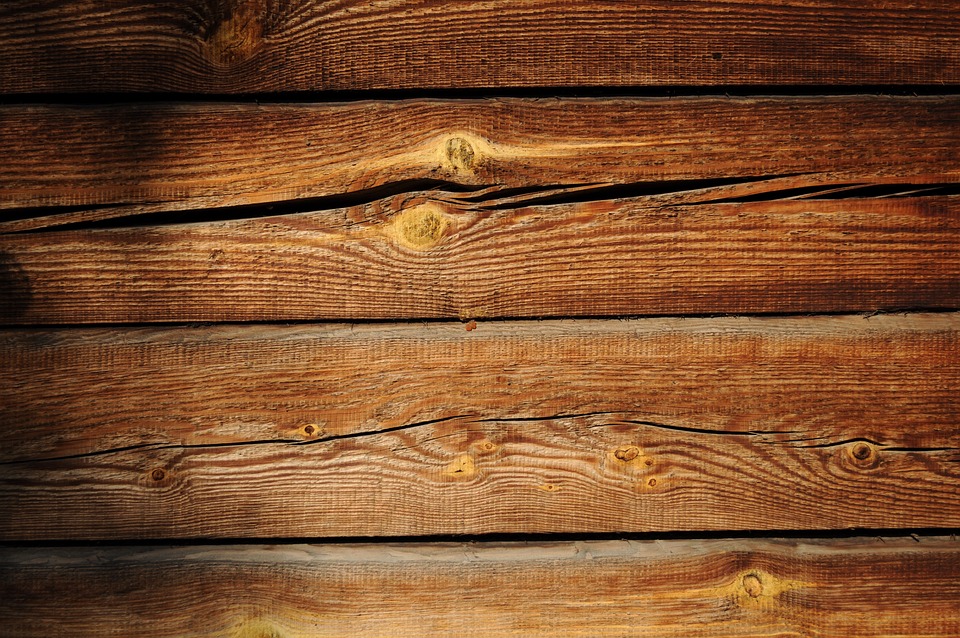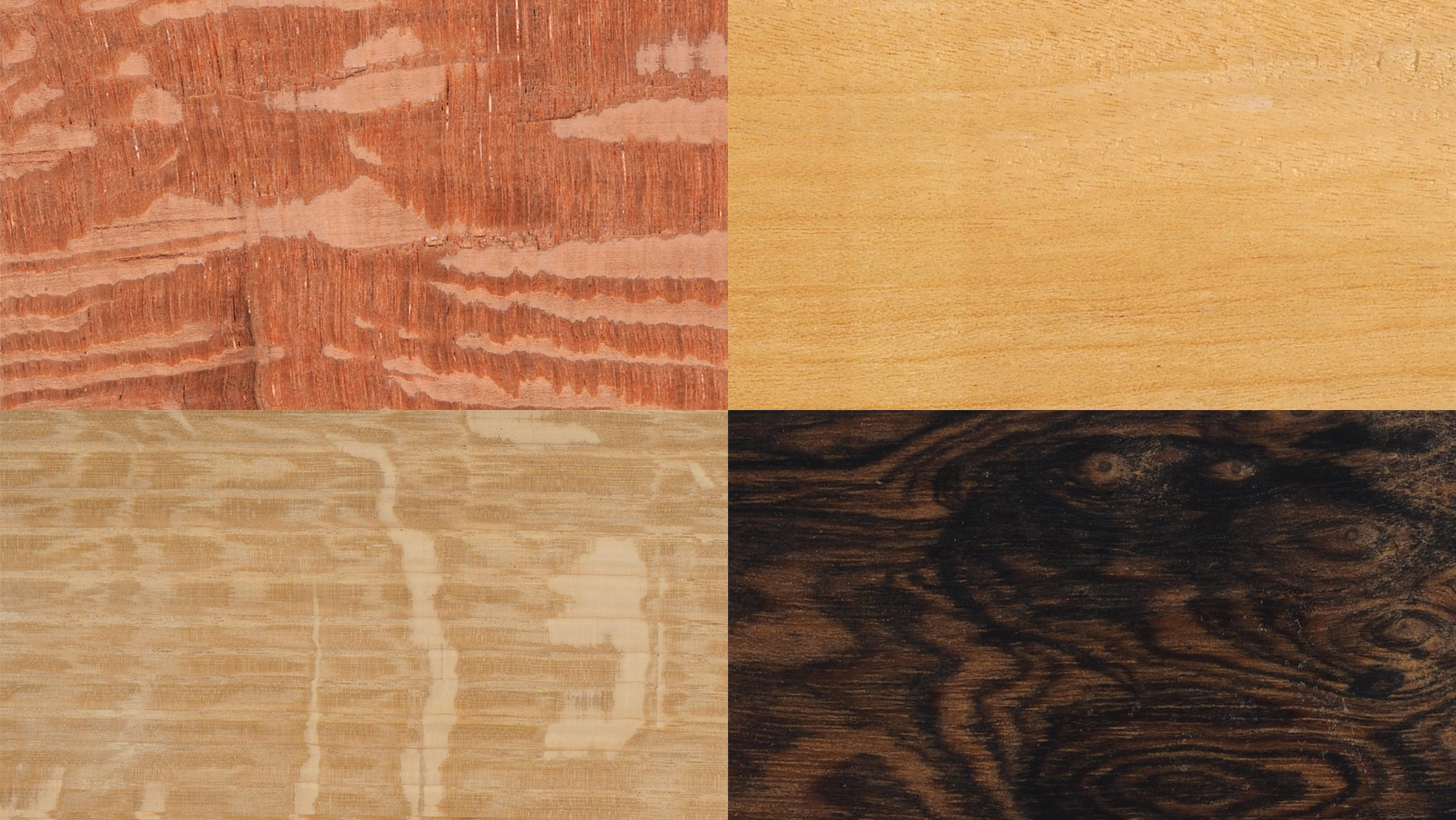Planning a Truss Roof Loft Conversion? Let Telebeam Take the Strain
The Telebeam system is a revolutionary new way of organizing the conversion of a truss (or trussed rafter) roof into a usable space. Not only will this method of loft conversion give you an extra room, or rooms, but it will also add value to your house.
Traditional methods of converting a trussed rafter roof involve replacing the ‘W’ sections of trusses with steel joists which usually run between load-bearing gable walls. New vertical supporting timbers and floor joists are then run from these steel joists to support the existing roof before the internal trusses are removed.
Once the additional supports are in place the ‘W’ sections of roof trusses are almost totally removed. The roof trusses at the apex are usually retained in a much-shortened state because they have to carry the new horizontal ceiling joists forming the new flat area of the ceiling, as well as the regulation insulation materials.
As you can imagine, installing lengthy steel joists into a roof that is already ‘full’ of supporting trusses is the trickiest part. Either a section of one gable end is temporarily removed to allow the steel to be inserted longitudinally, or areas of the roof tiles are removed and the steel joists are inserted in sections and then bolted together when in place.
The Telebeam system does away with the need to insert substantial load-bearing steel joists by retaining the load-bearing triangulation, eave to eave, rather than between load-bearing walls. With Telebeam only the three lowest rows of roof tiles need to be removed temporarily.
Then the roofing felt is turned back to allow the telescopic beams to be slid in alongside the current floor joists, attaching to the wall plates on either side. As their name suggests, the TeleBeams are telescopic and adjust to the span of the building. They do not rely on any internal support and work for any roof pitch.
The vertical stud walls at the edge of the new room transfer the roof load down onto the Telebeam system and the original horizontal wooden joists take the horizontal (spreading) load. The ‘W’ sections of roof trusses are now redundant and most of them can be removed, retaining the roof trusses at the apex to carry the new ceiling collar as before.
The new floor can then be fixed directly to the Telebeam system, insulation can be added underfloor, between the rafters and within the new ceiling, and the rafters, ceiling, and stud walls can be boarded over and a plastered finish applied.
TeleBeam systems are available in spans up to 8.4 metres so they are ideal for almost any size of roof.
Advantages of the TeleBeam system:
a) Incorporates roof and floor support in one LABC (Local area building control) approved system.
b) Minimises loft conversion costs – the TeleBeam system costs about £5,000 + vat for a 2/3 bedroom house (the installation is not included in this figure).
c) Maximises available headroom.
d) Available in spans of 5.8, 6.2, 7.0, 7.8 and 8.4 meters.
e) No additional timber floor joists are required.
f) Beams slide into the roof space by removing just three rows of tiles from one side of the house.
g) Reduced scaffolding/access costs.
h) Telescopic beams fit most buildings and roof pitches.
i) No specialist installation skills or tools are required.
j) Easy-to-follow, step-by-step instructions.
Source by Pat Wallis




